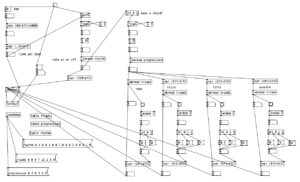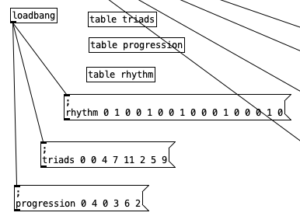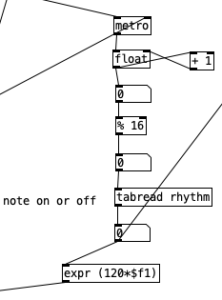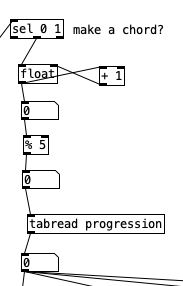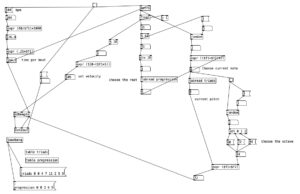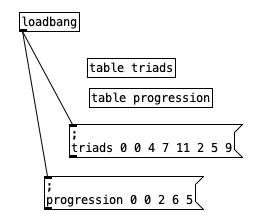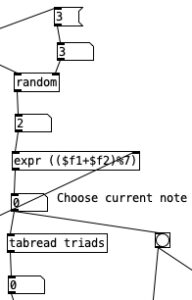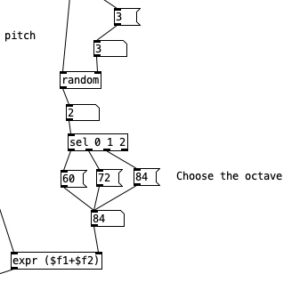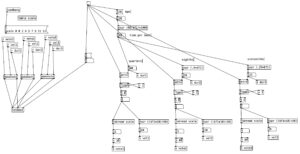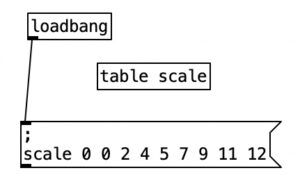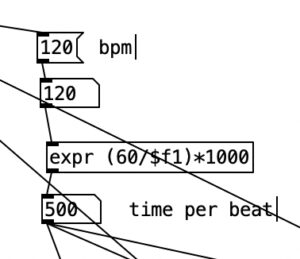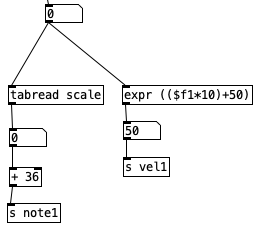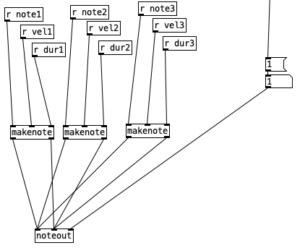The songs from the Walt Disney Pictures 1989 release, The Little Mermaid, are as good as any song you’ll hear in any movie. The lyrics are effective, the tunes are very singable and melodic, and the orchestration is appropriately dramatic. Amongst these songs, “Part of Your World” stands out for its impact, meaning, and appropriateness to the story. While there are many factors that contribute to the excellence of this song, we’re going to look at it largely from a single perspective, how Howard Ashman’s lyrics give words a power to reinforce emotion and meaning.
“Part of Your World” is really two songs in one. The introduction, the part that comes before “I wanna be where the people are,” is extremely long. This section is comprised of two verses followed by a bridge, which leads into the main, or second, song. If this first section were all there is to the song, not only would it be very disappointing, but we probably would not think too much of Ariel as a person. In this section Ariel brags about her possessions, yet declares that it isn’t enough. In this section, she is cast as a teenager who longs to go to the mall to get more stuff.
The materialistic nature of this section is established by words the describe and embody possessions: stuff, collection, everything, trove, treasures, wonders, gadgets, gizmos, whozits, whatzits, and thingamabobs. Notice that as the list goes on, we start to see alliterative pairs: trove & treasures, gadgets & gizmos, and whozits & whatzits. The way in which this first song ends after the bridge works effectively, as a bridge traditionally ends on the dominant, leading back into the verse or chorus, or in this case the main body of the song. The last word of the word is more, which is both held and crescendoed to give it emphasis. Initially, we may be tempted to interpret the word more as meaning more stuff, suggested in part with the rhyming of galore with more. However, the main body of the song that follows clarifies that Ariel wants more than material items.
The main body of the song is filled with words related to mobility: dancin’, jumpin’, strollin’, walk, and run. On a general level, we can interpret this to mean that Ariel wants to be active. That is, she wants to do things. On a metaphoric level, we can frame this mobility in terms of upward mobility. That is, she wants to go places, and advance herself. Both of these interpretations, especially the latter, are reinforced with the lyric “flippin’ your fins you don’t get too far.” The alliterative Fs combined with the dismissive use of the term “flippin'” indicates that life under the sea is too inactive for Ariel, and offers her little opportunity for advancement or self betterment.
Word choice in the lyrics further contrasts the world on the land with undersea living. The lyrics make use of the words sun, warm, and burn to contrast with the implied coldness of the undersea world. This descriptive warmth also reads as emotional warmth. This implication is further suggested through rhyme. The lyric “warm on the sand” has several internal rhymes with the line “betcha on land, they understand, that they don’t reprimand their daughters.” While this lyric oozes teenaged drama it also suggests that Ariel interprets her father’s stern nature as a coldness.
What we hear as the first verse is really structurally two verses. We find this out retroactively when we encounter the final verse, either that or the last verse is a half verse. Each individual verse contains no rhyming. Rather the rhymes occur between the two verses. Thus, dancin’ in the first verse is rhymed with dancin’ in the second verse, while feet at the end of the first verse rhymes with street at the end of the second.
In the chorus we get much more rhyming. Run rhymes with sun, while free rhymes with be. The first pair connects mobility with emotional warmth (happiness). The second pair connects freedom with the nature of being.
The bridge of the song is longer than either the verse or the chorus, and thus does a bit more than its share of the storytelling. It commences by bringing up the idea of sacrifice, which will become central to the character’s narrative (“what would I give if I could live out of these waters?”). It is the very end of the bridge which truly establishes Ariel as a character interested in self betterment. “Bright young women, sick of swimmin’, ready to stand,” is certainly a self description from our protagonist. Here stand, which rhymes with the aforementioned, sand, land, understand, and reprimand, serves a dual purpose. Namely, stand is both literal and figurative. If Ariel gets legs, she will literally be able to stand up, but more importantly we understand her as meaning that she will figuratively be able to stand up for herself, take a stand, and stand with pride.
In the final verse we have Ariel communicates a desire for knowledge through questions and answers. She also again invokes warmth imagery through the words fire and burn. We understand that in a literal sense fire and burning is a foreign concept to someone who lives under water, and that this idea would likely be fascinating to Ariel. However, we realize that fire and burn are being used as a metaphor for passion. Taken in this context, I argue that burn is only second to stand in terms of important words in this song.
Given that there is no rhyming within the verse, how will the final, isolated verse deal with a lack of rhyming? The solution the songwriters developed was to use rhymes to lead into and out of the final verse, linking the verse to the bridge and final chorus. The final word of the bridge, stand, rhymes with the first word of the third verse (and). The final word of the third verse, burn, rhymes with the first half of the first line of the chorus (when’s it my turn?).
The final chorus demonstrate’s Ariel’s intellectual curiosity through the word explore, while sneaking in a rhyme with shore. In rhyming love with above we have a linkage between her passion and her fascination with the world on land. The use of rhyme and alliteration as a tool for highlighting meaningful words in this song is masterful, and is well worth any aspiring songwriter’s attention.

